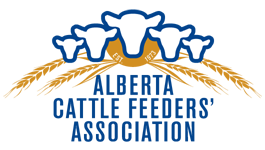A preconditioned animal is a feeder calf that has been vaccinated, castrated, dehorned and weaned for 30-45 days prior to sale date and has had experience feeding from a bunk.
Preconditioning reduces stress and resulting health problems for the transition period when the calf is being weaned from the cow and starting to consume dry feed.
Preconditioning offers advantages to both the buyer and seller of the calf. The seller benefits from higher weight gains resulting in more dollars per animal. The purchaser receives a calf that is familiar with a feed bunk, will continue to grow and is less likely to become sick.
When properly advertised, preconditioning provides the seller with a marketing edge over sellers of similar calves.
Preconditioning adds value to the calves. Their conditioning to the feedlot environment places them in higher demand from similar calves. Find sale techniques that properly describe this feature of preparedness.
Develop a protocol for treatment and handling of calves specific to your area. Include your veterinarian as an independent third party verifying that the work has been done according to the protocol. Keep detailed records of what has been done and have these records available to prospective buyers.
While research indicates that feedlots can benefit from preconditioned calves they must have confidence in the calves they are buying. This can be done by documenting calves back to the herd of origin or participating in a recognized preconditioning program.
Preconditioning is very beneficial for placement of calves into a custom feedlot where the cow – calf operator retains the ownership of the calves. Lower death losses, lower medical costs and improved weight gains improve net profit to the owner.
Creep feeding calves prior to the start of the preconditioning program improves the willingness of the calves to change over to dry feed.
Studies on preconditioning show that after accounting for factors such as weight, grade, sex, feed prices and lot size, preconditioned calves brought higher prices.
Feedlot studies show that preconditioned calves are lower risk economically due to lower disease incidence. Calves able to withstand disease pressures perform better during their feeding period.
Considering various protocols of drug treatment for incoming cattle, Oklahoma researchers conclude that the only real solution to disease losses is prevention, such as value added cattle that have been preconditioned.




